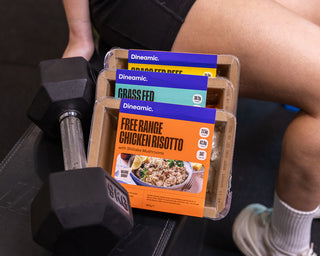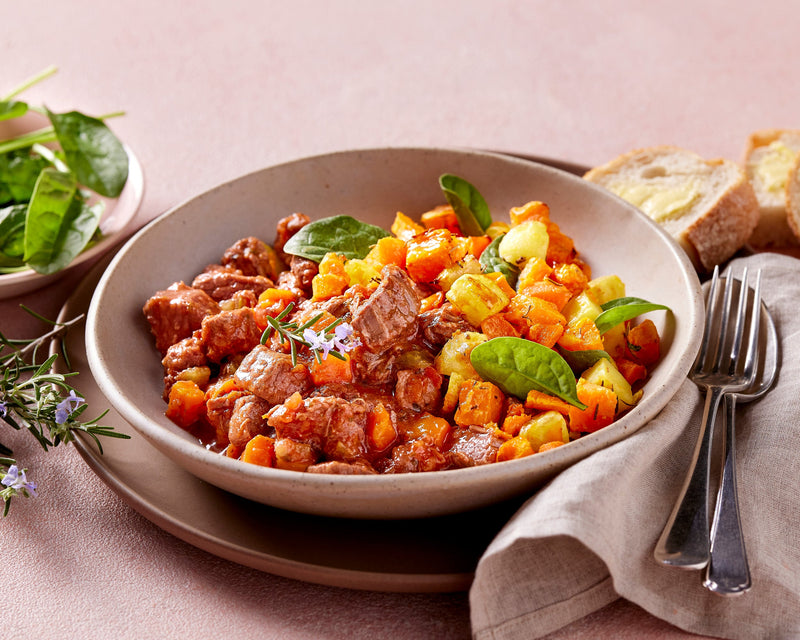
Since our world has become more connected, we have become more disconnected with our food. Yes, we still LOVE meal time, but we are less likely to know where all of our ingredients come from. That's because they are ready for our taking in supermarkets and stores, whereas our ancestors would forage, grow, and swap food with our neighbours - and no, we don't mean our neighbouring countries!
These days, we can have avo on toast or berries on yogurt all year round! But this means our much-loved avos and berries have travelled some distance before landing on our plates! And we should really consider what's in season, and here's why!
Why you should eat seasonal food
1. Seasonal food tastes better
Eating foods in season typically TASTE better as they have ripened naturally and have grown in their favoured environment. Think of lemons, there is a HUGE difference between the “perfect,” hard, pale lemon on the supermarket shelf vs the wonky, juicy, vibrant one off your Nan’s sacred tree.
2. Eating seasonally is healthier
Naturally ripened food is more nutrient dense again due to favoured environments. Foods grown out of season can be chemically ripened or have travelled a great distance to get to you.
3. Eating seasonally helps the environment
Leading to the next reason, the environment! The distance from paddock to plate is known as “food miles”.
We here at Dineamic are Locavores - we source local, Aussie-grown produce wherever possible. This decreases the food miles before they get to you.
With our country being so vast, it's not easy to grow produce everywhere. Food may need to travel far to ensure all Australians have access to nutritious food. Look for Australian grown products.
4. Eating seasonally is cheaper
Food that's in season is easier on your wallet, and puts your dollars in the back pockets of local Aussies.
How to eat in season, every season!
So veggie garden enthusiast or not, we should all know what's in season and eat around the knowledge. Luckily here in Oz, we have states with different climates, so we do have access to fresh produce from our own country at certain times of the year. But this also means seasonality can change in states, so be sure to research your own state to confirm what's growing in your community.
Here's a rough guide for you to base your weekly shopping off:
|
Winter: |
Spring: |
|
Veggies Broccoli Brussel Sprouts Potatoes Carrots Cauliflower Fennel Mushrooms Silverbeet Spinach Sweet Potato Avocado
Fruit: Bananas Grapefruit Kiwifruit Lemons Mandarins Oranges
|
Veggies Artichokes Asparagus Bean Sprouts Beetroot Cabbage Cauliflower Leeks Peas Silverbeet Spinach
Fruit: Oranges Lemons Grapefruit Bananas Mangos Passionfruit Tangelos
|
|
Summer: |
Autumn: |
|
Veggies: Corn Cucumber Eggplant Beetroot Beans Asparagus Capsicum Lettuce Tomatoes Zucchini
Fruit: Watermelon Strawberries Raspberries Plums Peaches Cherries Blueberries
|
Veggies: Beans Beetroot Broccoli Cabbage Carrots Cucumbers Eggplant Spring onion Tomatoes Snow peas Pumpkin
Fruit: Grapes Pears Persimmons Quinces Melon Figs Apples
|
For more fresh, locally sourced meals, check out the Dineamic range.
Alicia McIntyre









